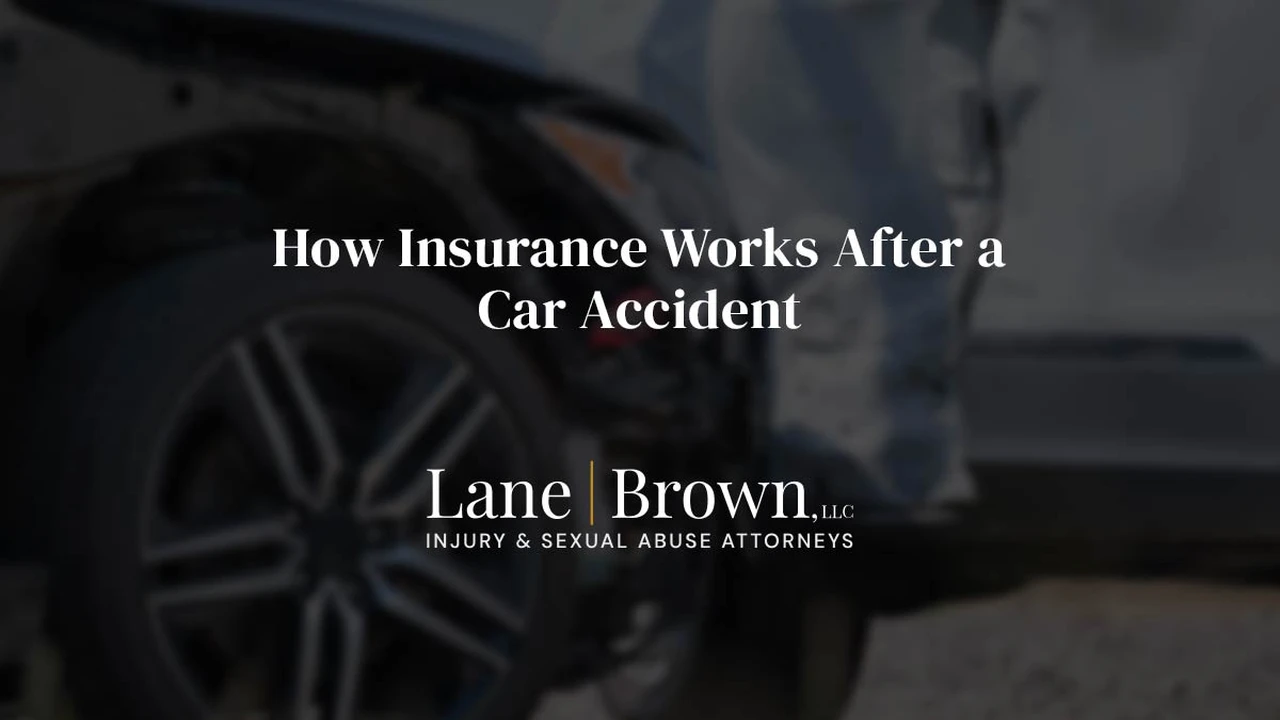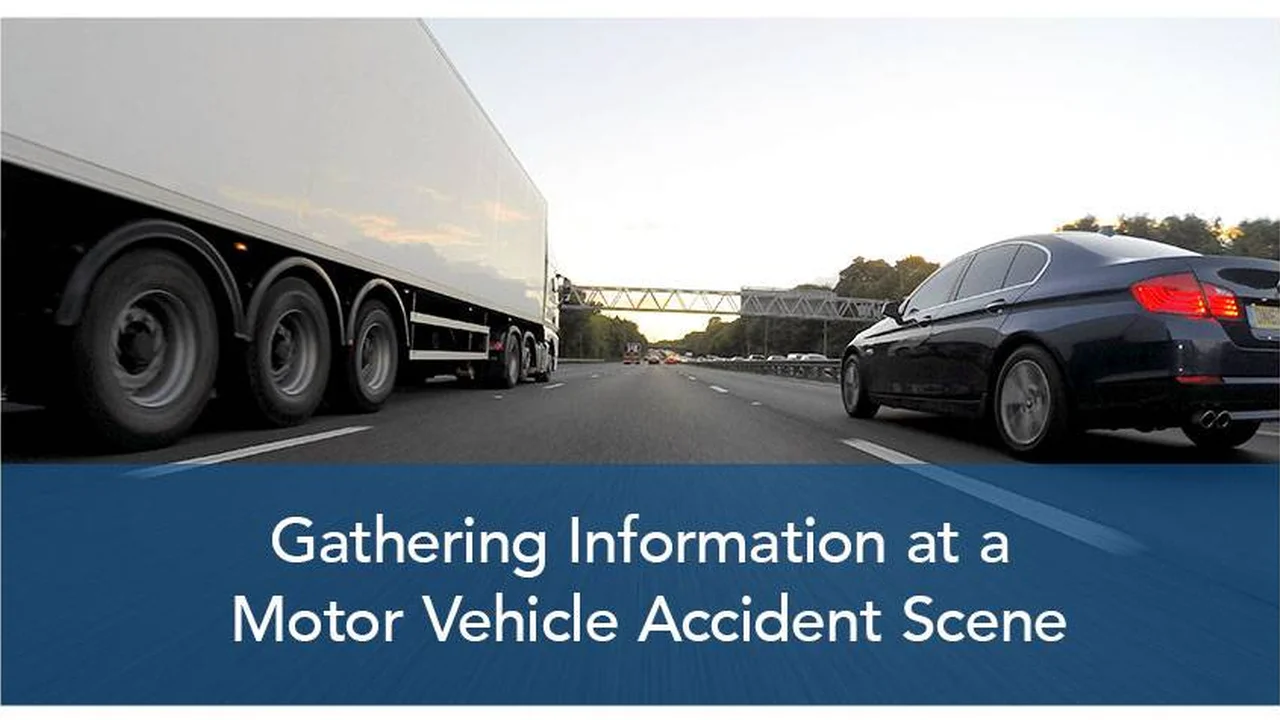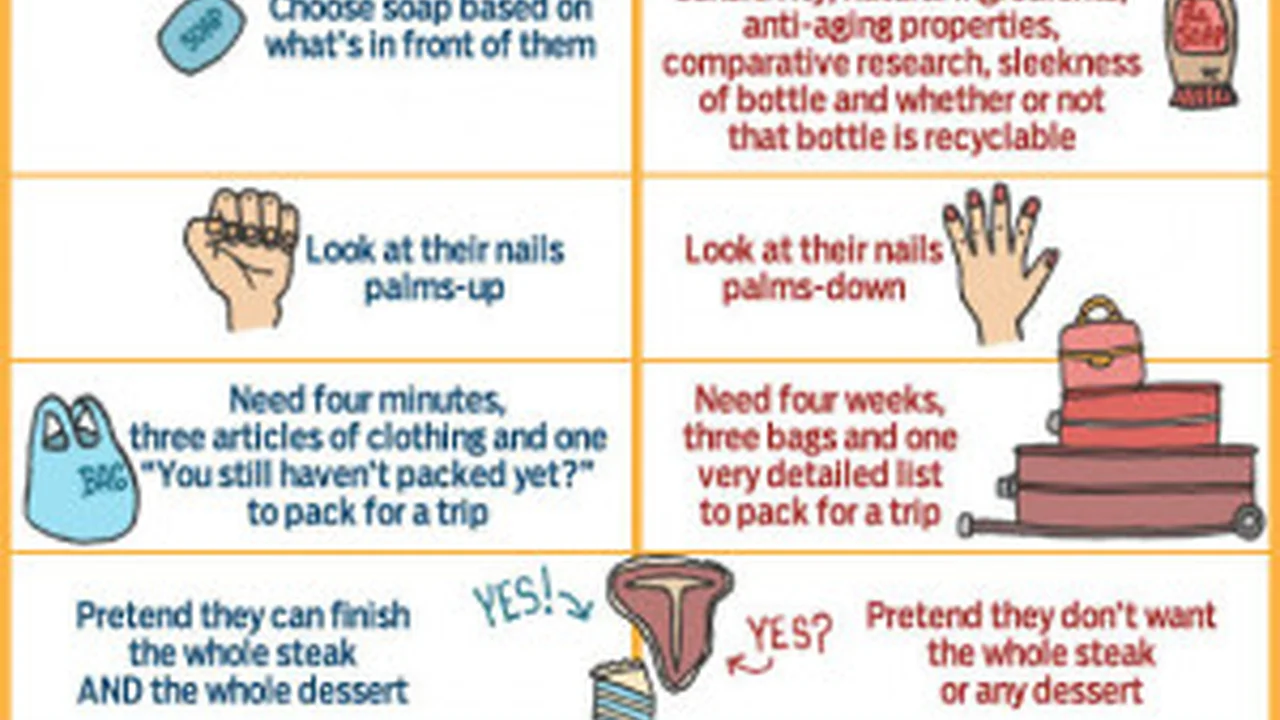The Legal Aspects of Car Insurance: Your Rights and Responsibilities

Understanding Your Car Insurance Policy A Deep Dive
Alright, let's break down the nitty-gritty of your car insurance policy. It's not exactly bedtime reading, but understanding the fine print can save you a ton of headaches (and money!) down the road. Think of your policy as a contract between you and the insurance company. It outlines exactly what they'll cover, what they won't, and under what circumstances. Ignoring it is like driving blindfolded – you might get lucky for a while, but eventually, you're gonna crash. We'll cover everything from declarations pages to exclusions, making sure you know your stuff when it comes to your policy. We’ll also delve into the different types of coverage, like liability, collision, and comprehensive, explaining what each one protects against and why they’re important. This isn't just about knowing what's covered, it's about understanding the limits of your coverage and making sure you have enough to protect yourself and your assets.
Liability Coverage Protecting Yourself and Others
Liability coverage is the cornerstone of any good car insurance policy. It's what protects you if you're at fault in an accident and cause damage or injury to someone else. It covers things like their medical bills, car repairs, and even lost wages. Without adequate liability coverage, you could be personally liable for these expenses, potentially losing your savings, your house, or even facing wage garnishment. Sounds scary, right? It is. That's why it's crucial to understand the limits of your liability coverage and make sure you have enough to protect yourself. Most states have minimum liability requirements, but those are often woefully inadequate. Consider increasing your liability limits to at least $100,000 per person and $300,000 per accident to provide a more robust safety net. Think of it this way: it’s better to be over-insured than under-insured when someone else's well-being and your financial future are on the line.
Collision and Comprehensive Coverage Protecting Your Vehicle
So, what happens if your car gets damaged, but it's not someone else's fault? That's where collision and comprehensive coverage come in. Collision coverage protects your vehicle if you hit another car or object, regardless of who's at fault. Comprehensive coverage, on the other hand, protects your car from pretty much everything else – theft, vandalism, fire, hail, floods, even a rogue deer jumping in front of your car. Both collision and comprehensive coverage typically have a deductible, which is the amount you have to pay out of pocket before the insurance company kicks in. Choosing the right deductible is a balancing act between keeping your premiums low and ensuring you can afford to pay the deductible if you need to make a claim. We’ll also look at scenarios where each coverage applies, helping you understand when to use collision versus comprehensive coverage and how to file a claim effectively.
Uninsured and Underinsured Motorist Coverage Protecting Yourself from Negligence
Imagine being hit by a driver who doesn't have any insurance or doesn't have enough insurance to cover your damages. That's where uninsured and underinsured motorist coverage comes in. This coverage protects you if you're injured by an uninsured or underinsured driver. It covers your medical bills, lost wages, and pain and suffering, up to the limits of your policy. Many people mistakenly think that if they have health insurance, they don't need uninsured motorist coverage. But health insurance typically only covers your medical bills, not your lost wages or pain and suffering. Uninsured and underinsured motorist coverage can provide crucial financial protection in these situations. It's often relatively inexpensive, making it a smart addition to your car insurance policy. We’ll explore real-life examples of how this coverage can be a lifesaver and provide guidance on selecting appropriate coverage limits.
Understanding Your Rights After an Accident Navigating the Claims Process
After an accident, knowing your rights is crucial. The insurance company isn't always on your side, even if it's your own insurance company. They're in the business of making money, and that means minimizing payouts. You have the right to file a claim, to receive a fair and timely investigation, and to be compensated for your damages. You also have the right to hire an attorney if you're not satisfied with the insurance company's offer. Don't be afraid to stand up for yourself and fight for what you deserve. Document everything, keep detailed records of your expenses, and don't sign anything without reading it carefully. We’ll provide a step-by-step guide to navigating the claims process, including how to report an accident, gather evidence, and negotiate with the insurance company. We’ll also discuss the importance of seeking legal advice if you encounter difficulties or believe your claim is being unfairly handled.
Product Recommendations and Usage Scenarios
Okay, let's talk about some specific products and how they might fit into your life. Choosing the right car insurance isn’t just about the price tag; it’s about finding a policy that fits your lifestyle and offers the coverage you need. Here are a few examples:
State Farm Drive Safe & Save
State Farm's Drive Safe & Save program is a usage-based insurance (UBI) program that rewards safe driving habits. It uses a mobile app or a small device plugged into your car to track your driving behavior, including speed, braking, and mileage. If you consistently drive safely, you can earn significant discounts on your premiums. This is a great option for drivers who are confident in their driving skills and want to save money. Usage Scenario: Consider this if you are a cautious driver who primarily uses their car for short commutes or weekend trips. Pros: Potential for significant discounts, encourages safe driving. Cons: Requires monitoring of driving habits, may not be suitable for aggressive drivers. Estimated Price: Discounts vary, but can range from 5% to 50%.
Progressive Snapshot
Similar to State Farm's Drive Safe & Save, Progressive Snapshot is another UBI program that tracks your driving habits and rewards safe drivers with discounts. It also uses a mobile app or device to monitor your driving behavior. Snapshot is known for its ease of use and transparency, providing drivers with clear feedback on their driving performance. Usage Scenario: Ideal for young drivers or those with limited driving experience who want to prove they are safe drivers and earn lower premiums. Pros: Easy to use, transparent feedback, potential for significant discounts. Cons: Requires monitoring of driving habits, may not be suitable for frequent late-night driving. Estimated Price: Discounts vary, but can range from a few dollars to hundreds of dollars per year.
Allstate Drivewise
Allstate Drivewise is yet another UBI program that offers discounts based on your driving habits. Unlike some other UBI programs, Drivewise doesn't penalize you for occasional hard braking or speeding. Instead, it focuses on overall driving behavior and rewards drivers who consistently drive safely. Usage Scenario: A good option for drivers who want a UBI program that is more forgiving and doesn't penalize them for occasional mistakes. Pros: More forgiving than some other UBI programs, still offers potential for significant discounts. Cons: Requires monitoring of driving habits, may not be suitable for drivers with consistently poor driving habits. Estimated Price: Discounts vary, but can range from 10% to 25%.
Comparison of UBI Programs
When choosing a UBI program, it's important to consider your individual driving habits and preferences. Some programs are more strict than others, while others offer more generous discounts. Here's a quick comparison of the three programs mentioned above:
- State Farm Drive Safe & Save: Best for cautious drivers who want the potential for the highest discounts.
- Progressive Snapshot: Best for young drivers or those with limited driving experience who want to prove they are safe drivers.
- Allstate Drivewise: Best for drivers who want a more forgiving UBI program that doesn't penalize them for occasional mistakes.
Gap Insurance
Gap insurance (Guaranteed Asset Protection) is a type of car insurance that covers the difference between the amount you owe on your car loan and the car's actual cash value (ACV) if the car is totaled or stolen. This is particularly useful if you financed your car and owe more than it's worth, which is common with new cars that depreciate quickly. Usage Scenario: Essential if you've financed a new car, especially with a small down payment, or if you lease a vehicle. Pros: Prevents you from owing money on a car you can no longer drive. Cons: Only applies if your car is totaled or stolen. Estimated Price: Typically costs between $200 and $700, or is included in lease agreements.
Rental Car Reimbursement
Rental car reimbursement is an optional coverage that pays for a rental car while your vehicle is being repaired after a covered loss. This can be a lifesaver if you rely on your car for work or daily activities. Usage Scenario: Beneficial if you need a car for transportation and cannot afford to be without one while your car is being repaired. Pros: Provides transportation while your car is out of commission. Cons: Only covers rental car costs up to a certain limit. Estimated Price: Adds a small amount to your premium, typically less than $50 per year.
Understanding Your Responsibilities as a Policyholder Keeping Your Policy Up-to-Date
Being a responsible policyholder means keeping your policy up-to-date and informing your insurance company of any changes that could affect your coverage. This includes things like moving to a new address, changing your driving habits, or adding a new driver to your policy. Failure to do so could result in your policy being canceled or your claims being denied. It's also important to pay your premiums on time to avoid a lapse in coverage. A lapse in coverage can not only leave you unprotected in the event of an accident, but it can also increase your premiums in the future. We'll outline the key responsibilities of a policyholder, including reporting changes, paying premiums on time, and reviewing your policy regularly to ensure it meets your needs.
The Importance of Reading the Fine Print Exclusions and Limitations
We've touched on it before, but it bears repeating: read the fine print! Your car insurance policy is a legal contract, and it's important to understand the terms and conditions. Pay close attention to the exclusions and limitations, which are the things that your policy doesn't cover. For example, most policies exclude coverage for intentional acts, racing, or using your car for commercial purposes without the proper endorsement. Understanding these exclusions can help you avoid surprises down the road and ensure you have the coverage you need. We’ll provide examples of common exclusions and limitations and offer tips on how to identify and understand them in your policy.
Navigating the Legal System After an Accident When to Consult an Attorney
Sometimes, even with the best insurance coverage, you may need to consult an attorney after an accident. This is especially true if you've been seriously injured, if the accident was caused by someone else's negligence, or if the insurance company is denying your claim. An attorney can help you understand your rights, negotiate with the insurance company, and file a lawsuit if necessary. Don't be afraid to seek legal advice if you feel like you're not being treated fairly. We’ll discuss the circumstances under which consulting an attorney is advisable, such as serious injuries, disputes over fault, and denied claims. We’ll also provide guidance on finding a qualified attorney and what to expect during the legal process.
Future of Car Insurance Technology and Legal Implications
The car insurance landscape is constantly evolving, driven by technological advancements like self-driving cars and data analytics. These technologies raise new legal questions about liability, privacy, and data security. For example, who is responsible if a self-driving car causes an accident? What data can insurance companies collect about your driving habits, and how can they use it? These are complex issues that the legal system is still grappling with. Staying informed about these developments can help you prepare for the future of car insurance. We’ll explore the potential impact of these technologies on car insurance, including the legal and ethical considerations they raise. We’ll also discuss how these advancements may affect your rights and responsibilities as a policyholder.
:max_bytes(150000):strip_icc()/277019-baked-pork-chops-with-cream-of-mushroom-soup-DDMFS-beauty-4x3-BG-7505-5762b731cf30447d9cbbbbbf387beafa.jpg)





